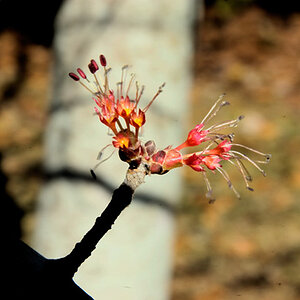chrisv2
TPF Noob!
- Joined
- Mar 9, 2012
- Messages
- 52
- Reaction score
- 2
- Location
- New York
- Can others edit my Photos
- Photos OK to edit
Total newbie question here. I did search but could not find any pointers on this (which worries me a little).
I've been playing with the settings on my Sony Nex (c3) and one thing I wanted to try was "infinite focus" by setting the aperture at a high number. It seems that whenever I go to a higher F number than what the auto-setting on the camera selects for the scene I am shooting, the picture picks up a noticeable increase in "blue". Histogram confirms this.
Is there something wrong with my camera or is there something about changing the aperture that affects the color values of the picture? And...if the latter...how do you correct it?
thanks...
I've been playing with the settings on my Sony Nex (c3) and one thing I wanted to try was "infinite focus" by setting the aperture at a high number. It seems that whenever I go to a higher F number than what the auto-setting on the camera selects for the scene I am shooting, the picture picks up a noticeable increase in "blue". Histogram confirms this.
Is there something wrong with my camera or is there something about changing the aperture that affects the color values of the picture? And...if the latter...how do you correct it?
thanks...


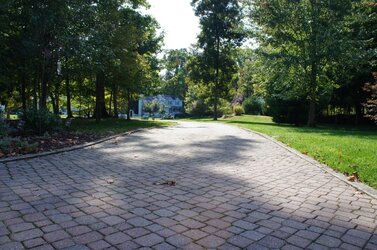
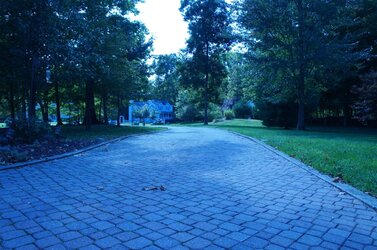
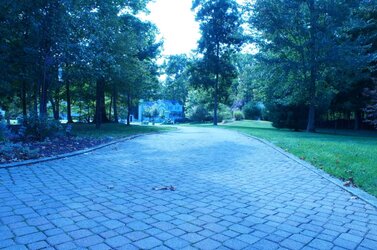

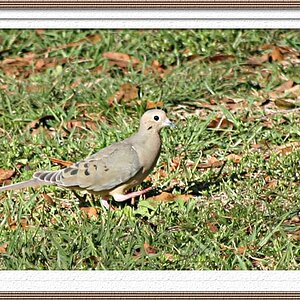
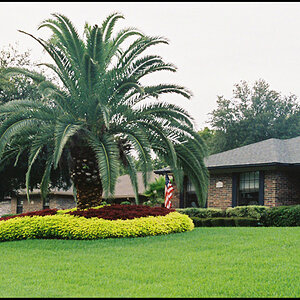
![[No title]](/data/xfmg/thumbnail/38/38294-cb4a5aa0ded725d4c694e6eebe276f0d.jpg?1619738564)
![[No title]](/data/xfmg/thumbnail/34/34115-73b827c6a6db1413dcead11e4caaae69.jpg?1619736285)
![[No title]](/data/xfmg/thumbnail/41/41934-5071025280901954ee561590003df10e.jpg?1619739947)
![[No title]](/data/xfmg/thumbnail/41/41933-d5af292b78e4b91211e86e0f3205eda8.jpg?1619739946)
![[No title]](/data/xfmg/thumbnail/41/41889-81d59d4994c91e71aaf805b05b133966.jpg?1619739933)



